
Fibre optics detect the invisible waves that melt Greenland’s ice sheet
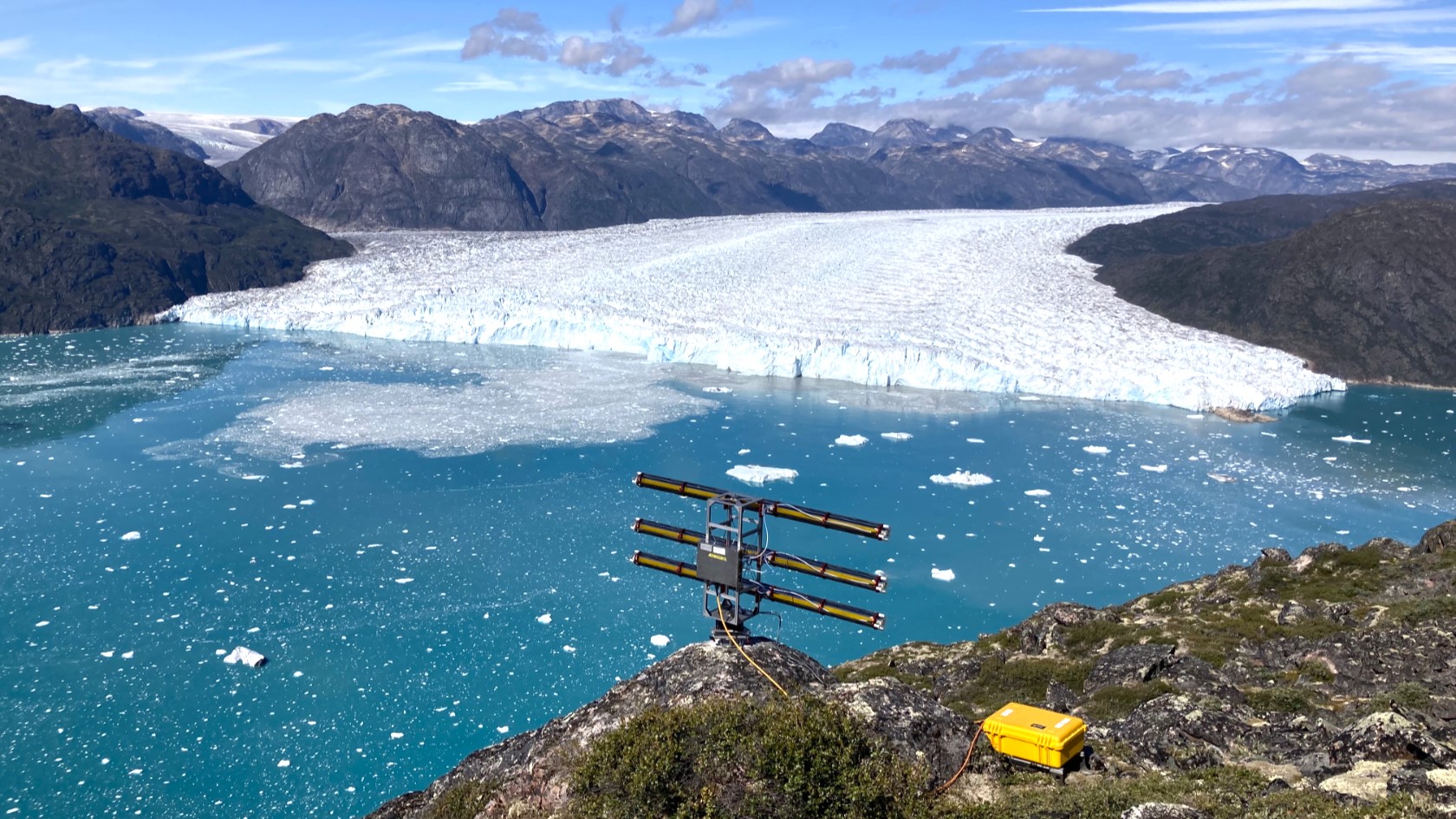
The breaking off of large chunks of ice from glaciers accelerates the melting of the Arctic ice sheet in Greenland. This has been measured for the first time by an international research team using fibre-optic technology, which is also used to study Swiss glaciers.
Greenland’s ice sheet is melting at an increasingly rapid pace. Since 2002, it has lost an average of around 270 billion tonnes of ice per yearExternal link, causing a sea-level rise of nearly two centimetres.
The calving of large ice blocks is one of the most visible effects of ice-sheet mass loss caused by climate change. But it’s also a phenomenon that itself further intensifies melting: when an iceberg collapses into the sea, it brings warmer water to the surface, which in turn accelerates the melting process.
This is the discovery made by an international research team led by the universities of Zurich and Washington, which for the first time measured how ice break-up speeds up the retreat of Greenland’s Arctic ice sheet. The study, part of the Swiss Polar Institute’s GreenFjordExternal link project, was published on August 13 in NatureExternal link.
“We now better understand what happens when ice falls into the sea: it not only breaks off, but also increases melting below the water’s surface,” Andreas Vieli, professor of glaciology at the University of Zurich and co-author of the study, told Swissinfo.
These observations help improve our understanding of Greenland’s ice sheet, which covers an area about 40 times the size of Switzerland. It’s a fragile system whose complete melting would have serious consequences for ocean currents, global climate, and coastal regions around the world.
>> Glacier melting has global consequences:
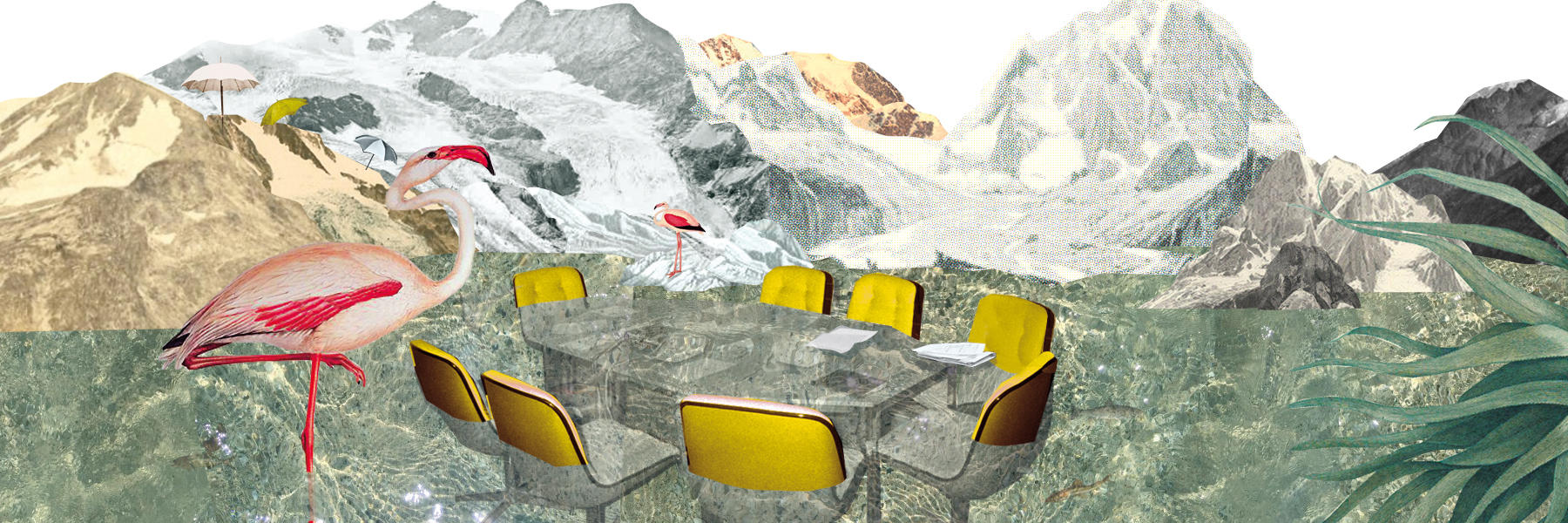
More
Why melting glaciers affect us all
Giant waves bring warm water to the surface
The Zurich and Washington researchers studied the effects of iceberg calving at the Eqalorutsit Kangilliit Sermiat glacier, located in a fjord in southern Greenland. Around 3.6 cubic kilometres of ice break off from the glacier each year – nearly three times the volume of the Rhône Glacier in the Swiss Alps.
The impact of ice falling into the sea initially generates surface waves, similar to tsunamis, that stir the upper part of the water column. Later, it also causes deep waves, invisible to the human eye. These can be as tall as skyscrapers and carry warm water from the ocean floor to the surface, intensifying melting and erosion at the glacier front.
>> Watch the spectacular footage of ice breaking off a glacier in Greenland:
Dominik Gräff, a researcher at the University of Washington and lead author of the study, compares the process to ice cubes melting in a hot drink. If you don’t stir the drink, a layer of cold water forms around the cube, insulating it from the warmer liquid. But if you stir it, that layer is disrupted and the cube melts much faster.
In the case of Greenland’s ice sheet, about half of the current mass loss is due to underwater melting and iceberg calving, says Vieli.
Fibre optics on the seafloor
To measure what happens at depth, the researchers laid a ten-kilometre-long fibre-optic cable on the seafloor. Using a technology called Distributed Acoustic Sensing (DAS), they were able to record changes in the fibre – stretching or compression – caused by underwater waves.
“The fibre-optic cable allowed us to measure this incredible calving multiplier effect, which wasn’t possible before,” Gräff is quoted as saying in a University of Zurich press release.

The significance of seawater and iceberg calving dynamics has long been known. However, measuring these processes directly on site presents considerable challenges, as the large number of icebergs in the fjords poses a constant risk from falling ice blocks.
Moreover, conventional satellite-based remote-sensing methods cannot penetrate below the water’s surface, where glacier-seawater interactions occur, Vieli points out. “Thanks to the fibre-optic cable, it’s as if we had a thousand sensors beneath the glacier front.”
Technology used on Swiss glaciers
Using fibre optics to study glaciers is a relatively recent technique. Researchers in Switzerland and other mountainous regions like Alaska have begun using it to detect micro-vibrations in glaciers and potential early signs of instability.
“Fiber optics allow us to detect extremely small seismic events, which other technologies could not measure,” said Thomas Hudson, a seismologist at the Swiss federal technology institute ETH Zurich, in an interview with Swissinfo.
In 2023, Hudson installed 1.2 kilometres of fibre-optic cable on the Gorner Glacier in Switzerland, detecting thousands of seismic waves. These vibrations can provide insights into changes within the ice.
>> Fibre optic research projects in Switzerland are opening up new possibilities for monitoring glaciers and natural hazards:
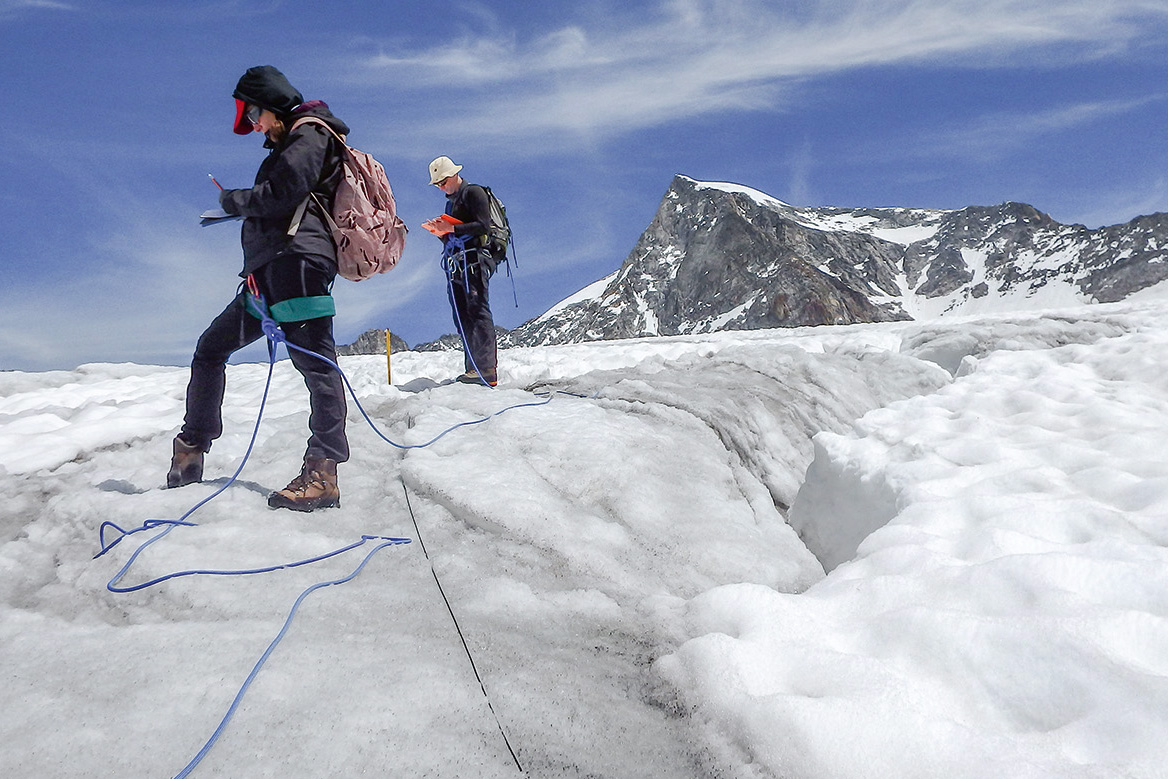
More
Fibre optics on glaciers open new frontiers for natural disaster predictions
Fibre optics also offer information about the structure and composition of the ice. Compared to traditional seismic sensors, which are placed at specific points, fibre optics make it possible to monitor much larger areas thanks to their relatively easy installation. This technology could enable the monitoring of entire glaciers, even in hard-to-reach regions.
Edited by Reto Gysi von Wartburg/dos

In compliance with the JTI standards
More: SWI swissinfo.ch certified by the Journalism Trust Initiative






































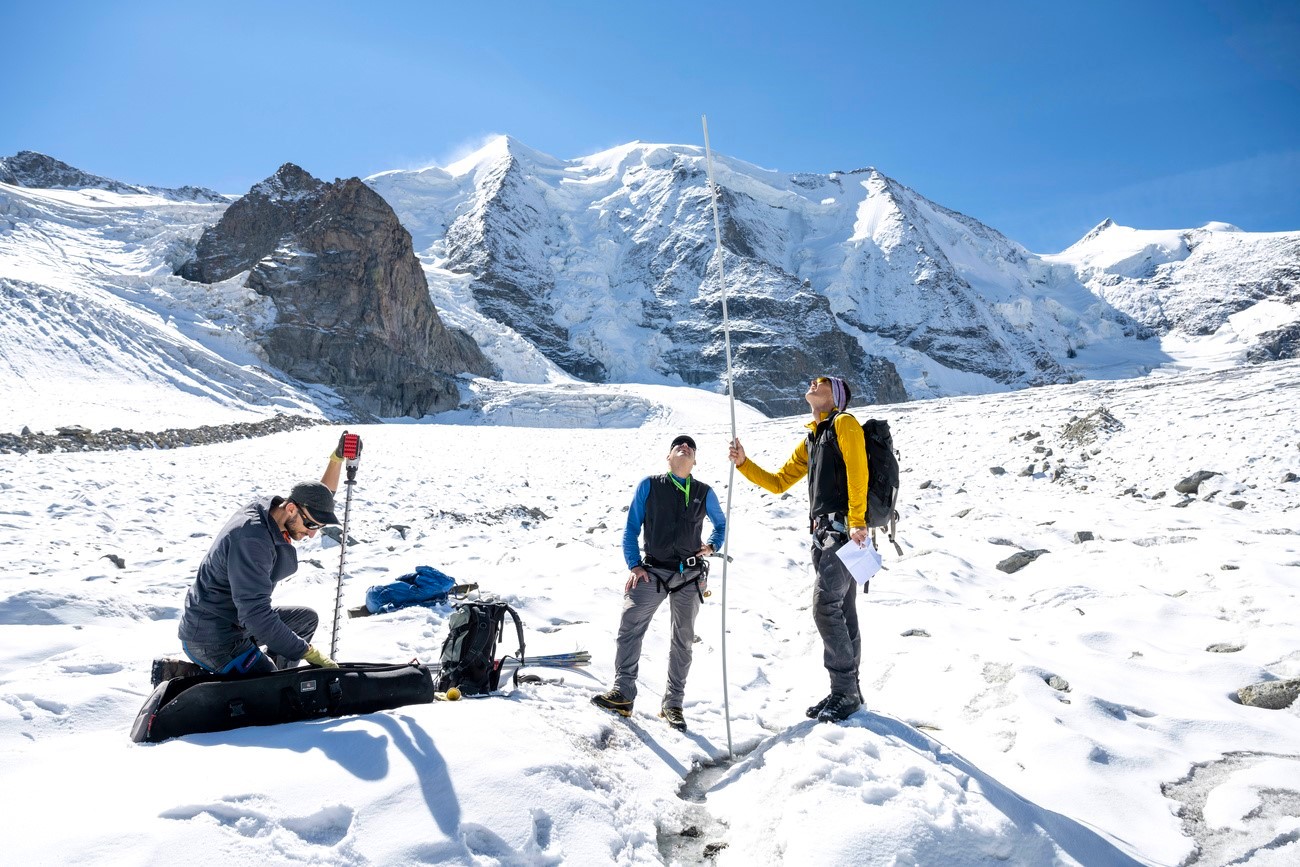
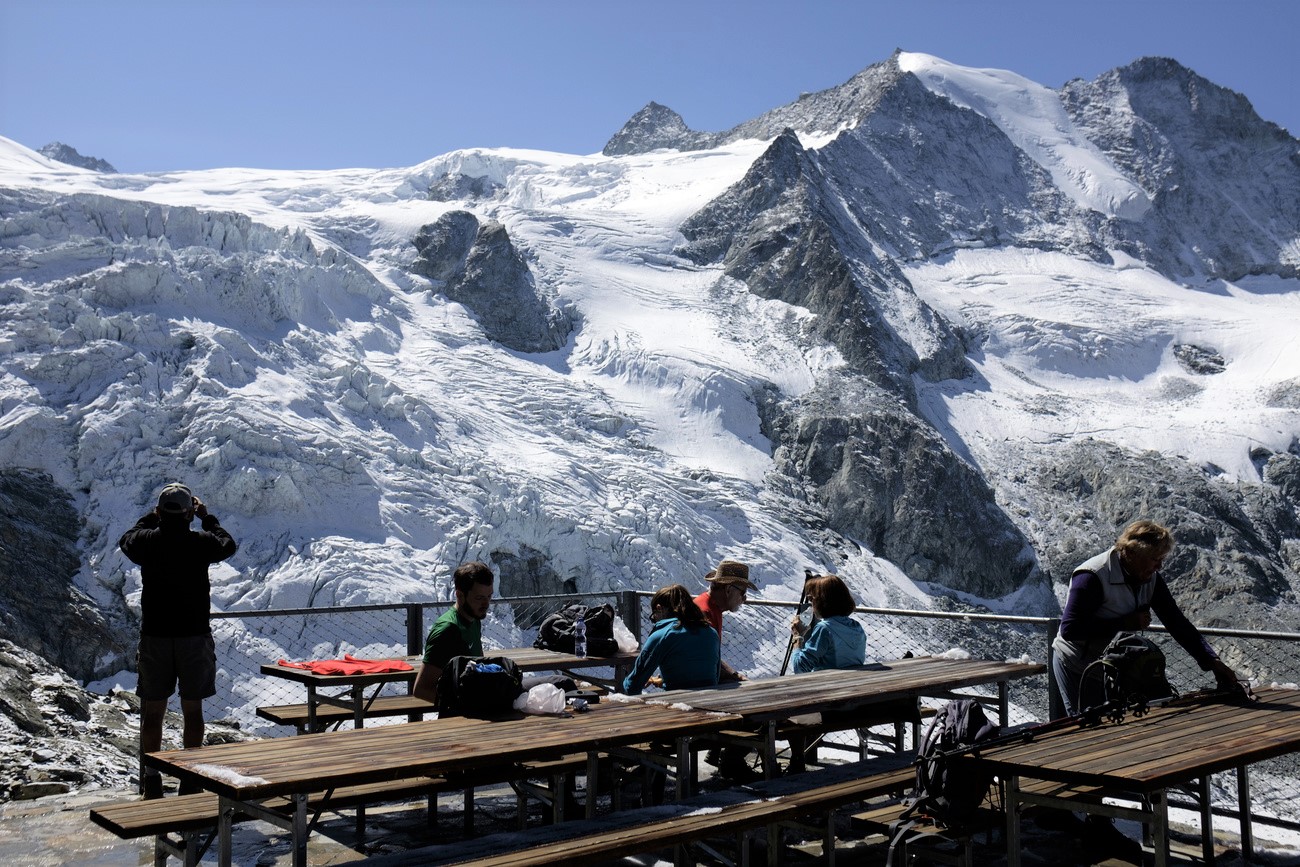
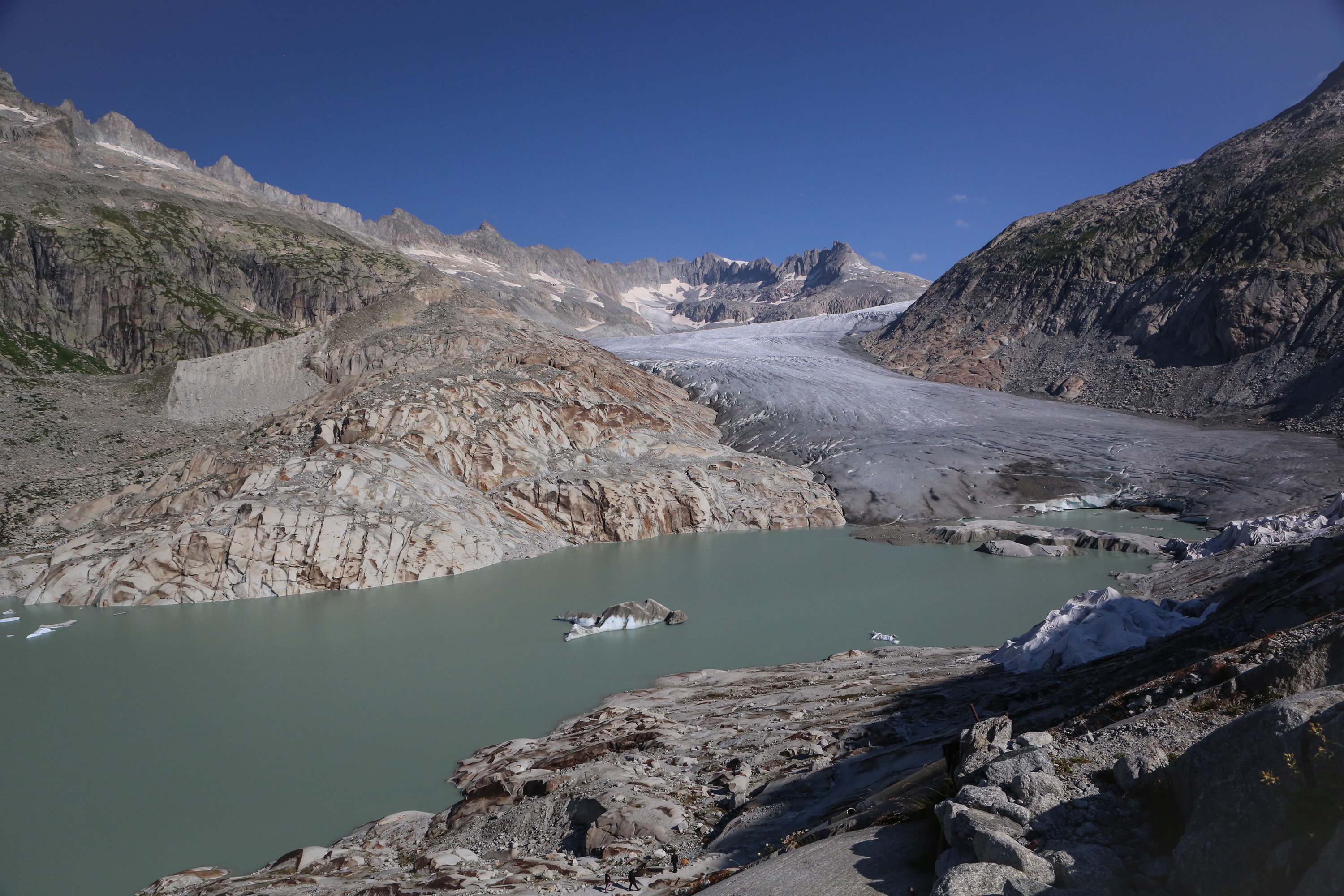
You can find an overview of ongoing debates with our journalists here . Please join us!
If you want to start a conversation about a topic raised in this article or want to report factual errors, email us at english@swissinfo.ch.